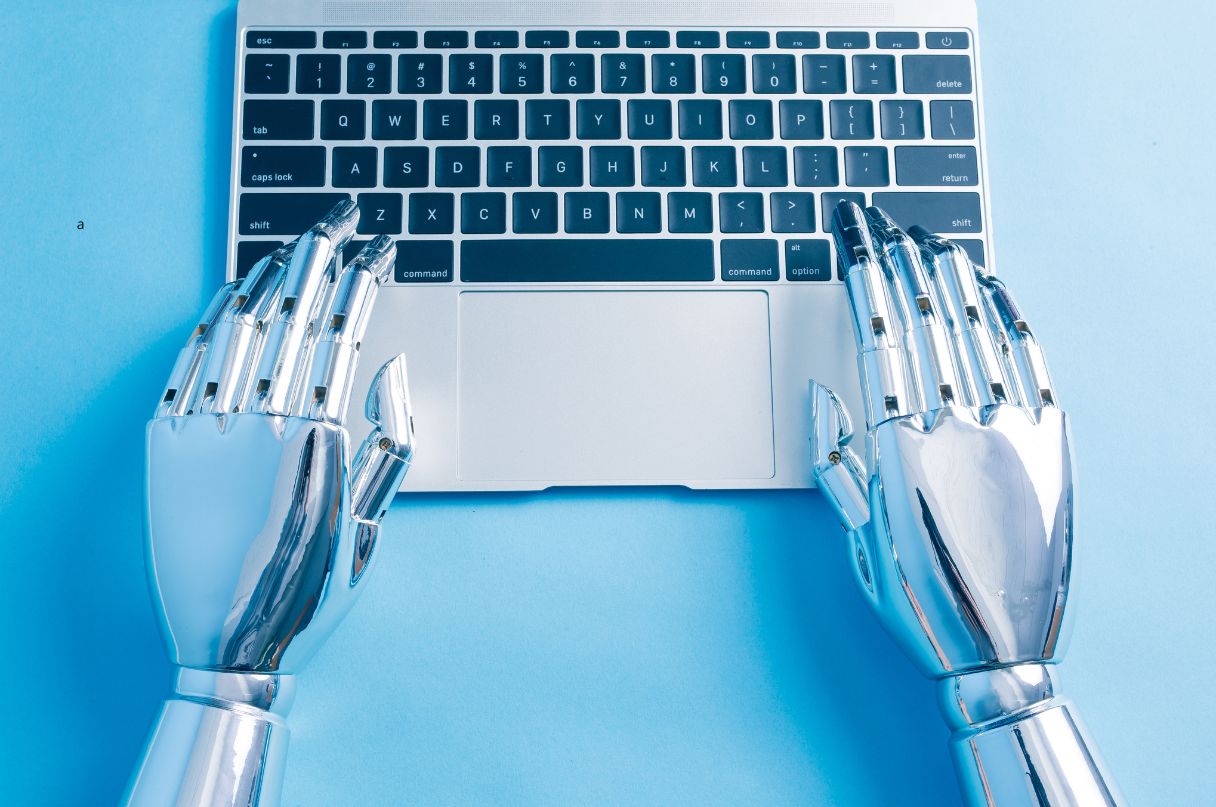The year 2023, in a way, was the regulatory year of Artificial Intelligence (AI). Still in May, the G7 Summit highlighted the importance of promoting guardrails for advanced AI systems on a global basis.
In August, it was China’s turn to enact a law specifically associated with Generative AI, aiming to mitigate essential harms to individuals, maintain social stability, and ensure its long-term international regulatory leadership.
In the wake of this process, it fell to the US, in the person of then President Biden, to issue an executive order that aimed to guide the application of AI for reliability, security, and protection of fundamental elements of American sovereignty.
However, the cherry on top was largely the EU’s AI Act, pre-approved in December 2023 and sanctioned at the beginning of 2024. Deeply debated and quite comprehensive, the Act attains the status of regulation with international scope designed as a legal framework for the development and application of AI systems for the member countries of the bloc.
In Brazil, the Artificial Intelligence Act 2.338 marks a turning point in the regulation of emerging technologies in the country. On a large scale, the law has positive aspects, but also shows some fragility in strategic areas for the development of our leadership in the field of AI.
At the core of Brazilian regulation are provisions of the General Data Protection Law (LGPD), emphasizing the protection of personal data with a focus on privacy. The law aims to ensure that AI does not compromise individual rights. The LGPD also aims to encourage innovation by offering some tax incentives and subsidies for companies investing in AI research and development. This aspect aims to position Brazil as a hub of technological innovation, stimulating competitiveness and the creation of startups in the AI sector. In terms of social impacts, digital inclusion and ethical use of AI to reduce inequalities are addressed through the promotion of educational and training programs for vulnerable populations, preparing the workforce for the era of artificial intelligence. The idea is to mitigate the negative social impacts of automation, promoting a more equitable transition.
However, there are negative points to highlight. The first revolves around excessive bureaucracy, such as the requirement for multiple evaluations and certifications that could overload companies – especially startups and small businesses – with additional costs and lengthy processes. This bureaucratic aspect may discourage innovation and the adoption of new technologies. Although the law has interesting intentions, some critics cite ambiguity in certain provisions, allowing for conflicting interpretations and legal uncertainty. There is a lack of clarity regarding specific responsibilities and penalties that will hinder its practical application. There are also concerns about the potential use of AI regulation for state control purposes. This raises questions about the protection of civil liberties and the limits of state intervention.
We are, in any case, facing an important milestone in AI regulation. Such regulatory component is necessary to bring balance between rights protection, incentive to innovation, and promotion of social inclusion. However, the effectiveness of the law will depend on its practical implementation and ability to mitigate associated risks. Transparency, regulatory clarity, and constant vigilance of civil society will be essential to ensure that the benefits outweigh the challenges.







